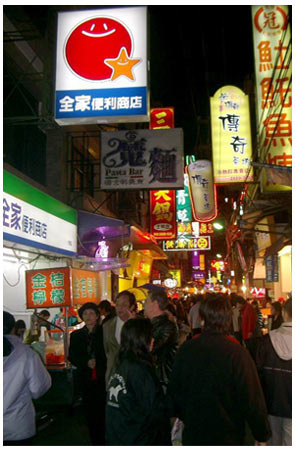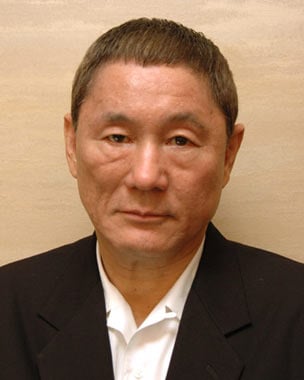Last time I wrote about our trip to Taiwan, which was both chaotic and fun. While I couldn’t make myself understood to anyone if they didn’t happen to speak English or Japanese, the fact that I could read Chinese characters made it possible to identify most items on a menu, tell which shops were restaurants from the street and so on. While it’s not that hard for me to identify certain words in kanji, there’s quite a lot of room for weirdness when it comes to what they actually mean. For example, a vacant toilet in Taiwan shows the characters null + person, but in Japanese this word (mujin) would only be used for an uninhabited island, not for a restroom. The characters for hand + paper mean a letter (tegami) in Japanese, but the same characters in Chinese are toilet paper — both are kind of logical, if you think about it. Finally, a public bath is sentoh in Japanese, literally meaning hot water you can enter for only one sen, an old coin that’s worth 1/100 of a yen, but in Chinese this word means “soup,” which can really be confusing.
![]()

Japanese speakers can read Chinese, though meanings can differ.















